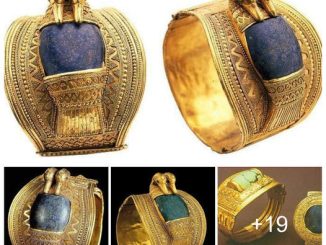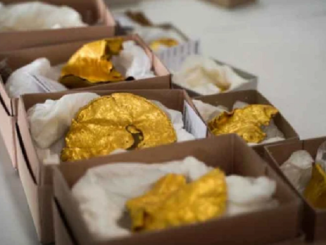Sardinia is a beautiful Italian island famous for its stunning landscapes. It is also a historic island with over 7000 prehistoric archaeological sites dating from before 1000 BC and many wonderful heritage sites including the Roman Amphitheater at Cagliari. This is one of the finest surviving amphitheaters in Europe.
Blood and spectacle at the Roman Amphitheater
For millennia, Sardinia lay at the crossroads of many maritime trade routes. Since the late Bronze Age, the island has been home to the mysterious Nuragic civilization, famous for its stone towers.
From the 9th century and into the 8th century BC, the Phoenicians established trading outposts on Sardinia until the Carthaginians conquered much of the south of the island in the 5th century BC. During the First Punic War, in 283 BC, the island was annexed by the Romans.
However, much of the interior is untouched by Roman rule. The Romans took over the Carthaginian settlement of Cagliari and it became the seat of the praetorium that ruled the island. The native Sardinians of the Nuragic culture continued to resist the Romans and uprisings were frequent. Over the centuries, the process of Romanization continued and eventually the natives adopted Roman customs and spoke Latin.
One of the Nuragic towers, Southern Sardinia, built in the 15th-14th centuries BC (Andrea/Adobe Stock)
The history of the arena is not well documented, but it is believed that the Romans built the amphitheater in Cagliari in the 2nd century AD and was still in use in the 3rd century AD. . It may have been the site of games where gladiators fought and often died for the joy of the crowd. They would also most likely fight wild, exotic beasts such as lions from Africa and often criminals or prisoners of war would be executed in the arena.
The arena was similar in design to other arenas in the Roman world such as the Colosseum in Rome and would have been used to demonstrate Roman power. During the 4th century, as the Western Roman World began to lose power, the amphitheater declined and gradually fell into less use as the influence of Christianity grew.
In the mid-5th century, Sardinia was conquered by the Vandals. The amphitheater fell into disuse, was eventually abandoned and was later used as a quarry by the local rulers of Genoa and Sardinia. Only in the 19th century was the amphitheater protected and excavated by archaeologists.
The grandeur of the Amphitheater
This public monument is set in a natural valley and carved into a steep rock on the hillside called Buon Cammino. The arena was built in a semicircle so that spectators could observe battles as well as executions.

Ruins and ancient corridors of the amphitheater ( murasal / Adobe Stock)
There are several floors for people to sit and watch the entertainment as the amphitheater can accommodate up to 10,000 people. Seating arrangements reflected the social structure of the society with the best seats reserved for the local elite. They were divided into three separate areas for Senators, Paladins (Knights) and finally commoners and slaves. Graffiti remains on some of the stone benches.
Originally, the amphitheater was lined with marble, but this layer was removed centuries ago. The original corridors of the amphitheater, used by gladiators to enter the arena, and where the bodies of the dead were dragged, can still be seen. Other corridors have cages of wild animals being slaughtered to attract crowds.
Visit the beautiful Roman Amphitheater in Cagliari
The old ruins are located on the outskirts of Cagliari and have great views. It is easily accessible and there is a reasonable fee to enter the arena. If you prefer, several guided tours are available. There are plenty of great restaurants and plenty of accommodation near the Roman monument, as well as a number of other fascinating archaeological sites nearby.



